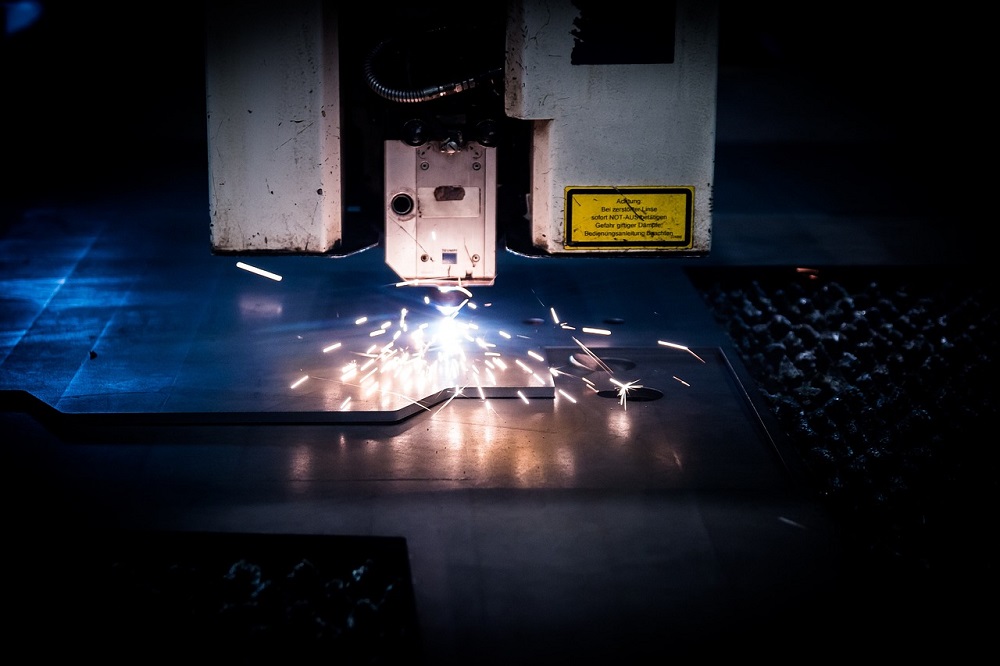Most people who have decking or tiling in their back garden will probably have used a waterjet to clean off mold and grit.
But what if you were looking for a way to cut through ceramics, wood, or metals using a similar simple method? It is now entirely possible to invest in a waterjet cutter for your home or your factory. Of course, they will be of different strengths and may require different set-ups, but this is becoming a trend in the manufacturing world as it is cost-effective, easy, and has no waste.
If you want to invest in a waterjet cutter, you may want to learn a little bit more before parting with your money! This quick introductory guide explores the advantages of having a waterjet cutter, along with the different types that are available.
What is Waterjet Cutting?
Waterjet cutting machines use a pressurized jet of water at a high density to cut through materials. A waterjet cutter can deliver up to 30kW of power, which can be adjusted to be as thick as a needle and can cut through almost any material.
Because this is not a heat-operated system, this also reduces any potential damage to the surrounding materials, making this a smart option that is fast and efficient to use when cutting specific shapes in metal, wood, ceramics, and pretty much every other material.
Types of Waterjet Machines
There are two types of waterjet machines; the first operates using a pure water system, and the other uses an abrasive system. Pure water is simply a machine that shoots a pressurized jet of water against the material and can be used to cut softer materials such as paper, foam, and even softer wood. Mixing abrasives, such as sand, means that a waterjet machine that operates on an abrasive system and can cut through harder materials such as metal, composites, and stone.
Advantages of Investing in a Waterjet
When it comes to owning a waterjet cutting machine, there are many advantages. The first has already been mentioned in that it can cut through pretty much any material that you put in front of it. The second is that it’s easy to operate, and the third is that it has no real risks to the person using the machine, so you will not be required to wear any safety equipment, although it is advised to wear goggles due to potential splashback! As well as this, there is no need to be worried about potential gases being released when using this kind of cutting machine.
Potential Drawbacks
There are only a couple of potential drawbacks which can be compensated for. The first is that the cutting time may be slightly longer than other traditional cutting methods. It’s also worth noting that you should aim to invest in a very high-quality water cutter, as low-quality waterjet machines have a tendency to break down, resulting in a loss of time and productivity in your workplace.


